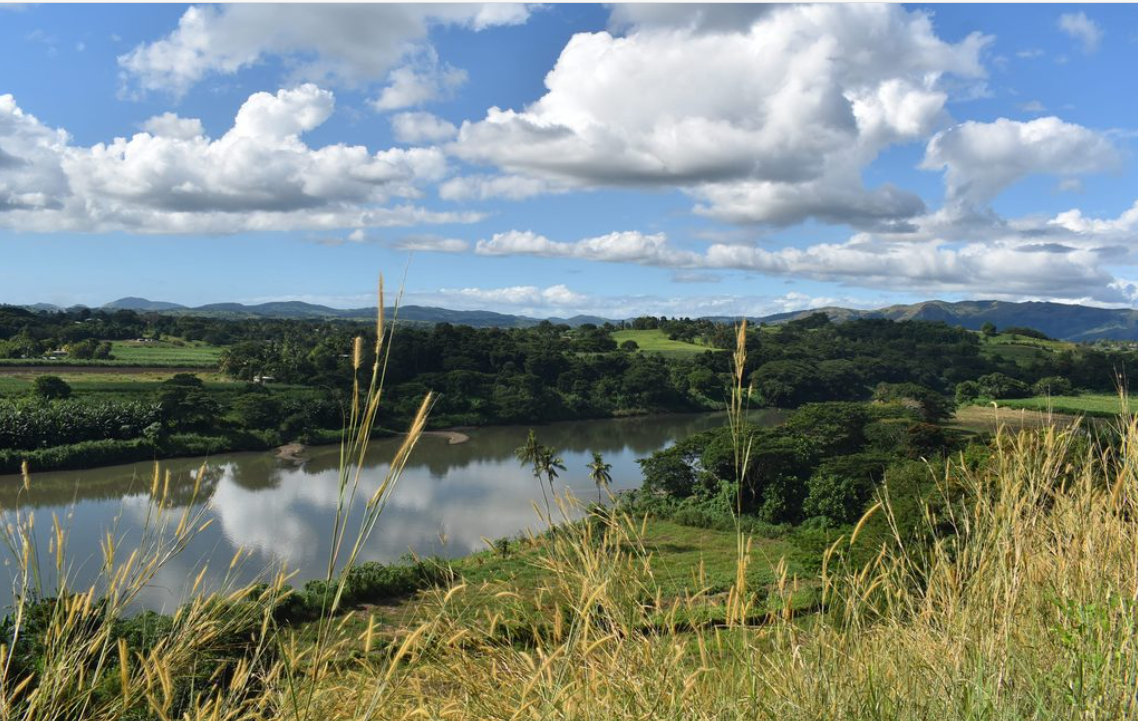There comes a time in the life of every iTaukei, an Indigenous Fijian, when the pull of ancestry and the mysteries of origin become impossible to ignore.
It is then that thoughts return to the yavusa (tribe), the ancestral narratives, and most importantly, the yavutu, the sacred mound marking the very place where a founding ancestor, or Vu, first settled and breathed life into a people.
In iTaukei culture, every person belongs to a yavusa, and with that, to a yavutu. This sacred connection shapes their identity and spirituality.
It is not merely a matter of tradition, but a source of deep cultural pride and historical grounding.
A return to the yavutu is more than symbolic, it is a physical and spiritual reconnection to the genesis of the tribe’s journey.
In the western province of Ba, one such place continues to stir ancestral memories and bind generations together.
Nestled in the village of Nasolo, in the district of Nailaga, lies an ancient village site known as Delaikorocula.
The birthplace of tribes
Delaikorocula is not just a forgotten ruin. According to Mosese Volavola, a former turaga ni Koro (village headman) of Nasolo, it is the origin point for several clans spread across Ba and even beyond.
Among them are the tribes from Balevuto, Natawa, and the Taubere clan from Solevu — the traditional custodians of Malolo Lailai in the Mamanuca group.
Others trace their lineage from Delaikorocula to Naitasiri and even to the chiefly village of Viseisei in Vuda.
“Delaikorocula was a hub,” Volavola explained.
“In the days when the provinces operated their own policing systems, this village even housed the provincial jail.”
Men from distant provinces such as Tailevu were once held here, further underlining the village’s role as a provincial centre. Volavola shared that descendants of men from Naloto in Verata now live in Toge, where the current Tui Naloto resides.
This shared history has left behind a strong web of blood ties among these communities, which Volavola urges younger generations to explore through the cara sala — the ceremonial retracing of a tribe’s ancestral path.
“By conducting a cara sala, our people will uncover the stories and bloodlines that tie them back to the ancient yavutu,” Volavola emphasised.
“It reaffirms kinship and belonging.”
The yavusa Namacuku of Ba
Delaikorocula is the ancestral home of the Namacuku tribe, whose yavu (ancestral house foundation) still exists in Nailaga Village. This presence signifies their traditional claim as taukei ni vanua — the traditional landowners of the area.
The land held by the Namacuku stretches far and wide, reaching as far as Ba Town.
Now, members of the tribe are working to preserve this treasure trove of culture and memory. Plans are underway to develop Delaikorocula into a cultural heritage site, one that not only honours the ancestors, but also to serve as a living classroom for future generations.
A journo’s observations of the sacred yavu
After presenting the traditional sevusevu at Naloto village to the head of the Namacuku yavusa, we set out to visit the fabled Delaikorocula, led by Mosese Volavola himself.
By midday, the sun had turned merciless, the western heat blazing down. The trek from Naloto took about 20 minutes on foot. Though we arrived drenched in sweat, a sudden change in temperature greeted us as we stepped into a forested oasis.
Towering trees filtered the sunlight, and a rare coolness embraced the area — a natural sanctuary hidden amidst the harsh terrain.
We paused at the base of a hill before beginning the climb. As we reached the entrance to the ancient village, we were met by two imposing vesi trees, guardians of the past.
Scattered across the ground were large boulders — possibly the original foundations upon which homes once stood.
Inside the ancient boundaries, the remains of various yavu were remarkably well preserved.
Stone outlines of houses spoke volumes about the people who once lived here, their social order, and spiritual life. Surrounding the village was a waist-high stone wall, and from its western edge, a panoramic view of the Ba valley stretched out below, with glimpses of the Rarawai sugar mill and Ba River in the distance.
At the heart of the village stood a massive stone platform — likely the site of the village rara (central gathering space). Volavola speculated that it could have served as a site for sacred rituals or perhaps was the dwelling of a high chief or priest.
“This place is not just historical,” Volavola said quietly, his voice filled with reverence.
“It is spiritual. Every stone tells a story.”
Preservation of our treasures
Delaikorocula is a living monument. It has been called an “archaeologist’s dream” for its rare preservation and cultural significance. But to the iTaukei, it is far more than that. It is the spiritual and ancestral bedrock of identity.
In a world rapidly changing, the need to preserve such places and their stories has never been greater. These ancient sites offer more than a glimpse into the past as they also offer direction for the future.
The iTaukei must continue to tell their stories, to trace their roots, and to hold sacred the places where their journey began. Only by understanding where we come from can we truly understand who we are. And for much of the people of Ba, that journey begins—and continues — at Delaikorocula.
History being the subject it is, a group’s version of events may not be the same as that held by another group. When publishing one account, it is not our intention to cause division or to disrespect other oral traditions. Those with a different version can contact us so we can publish your account of history too — Editor.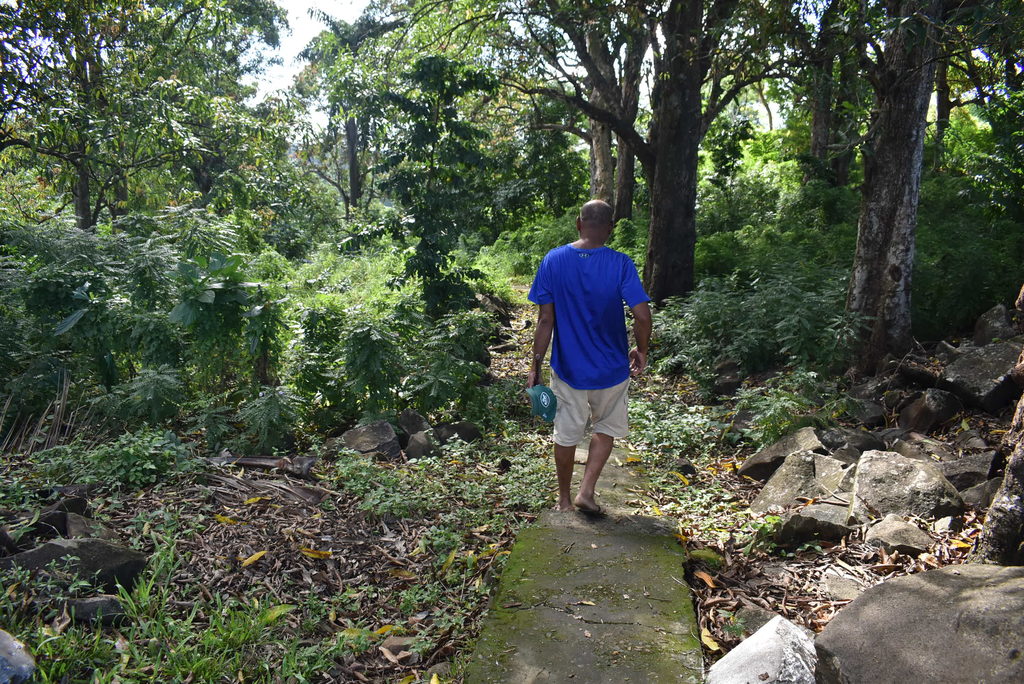
Turaga ni Koro of Nasolo Mosese Volavola leads the way to Delaikorocula.
Picture: ALIFERETI SAKIASI
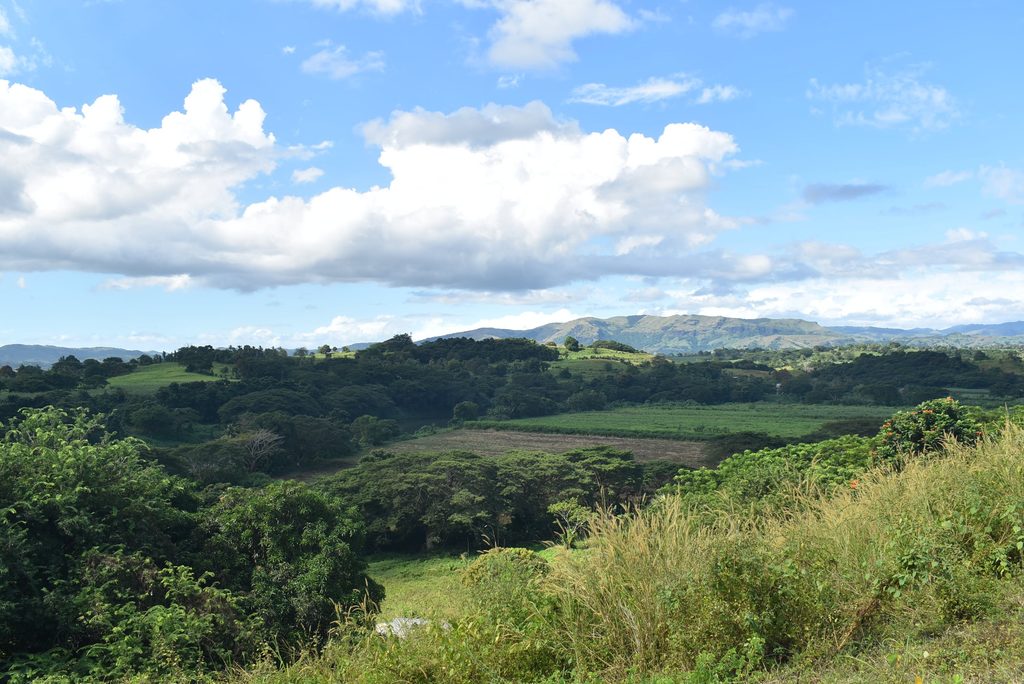
View from Naloto overlooking the fertile lands around the village. Picture: ALIFERETI SAKIASI
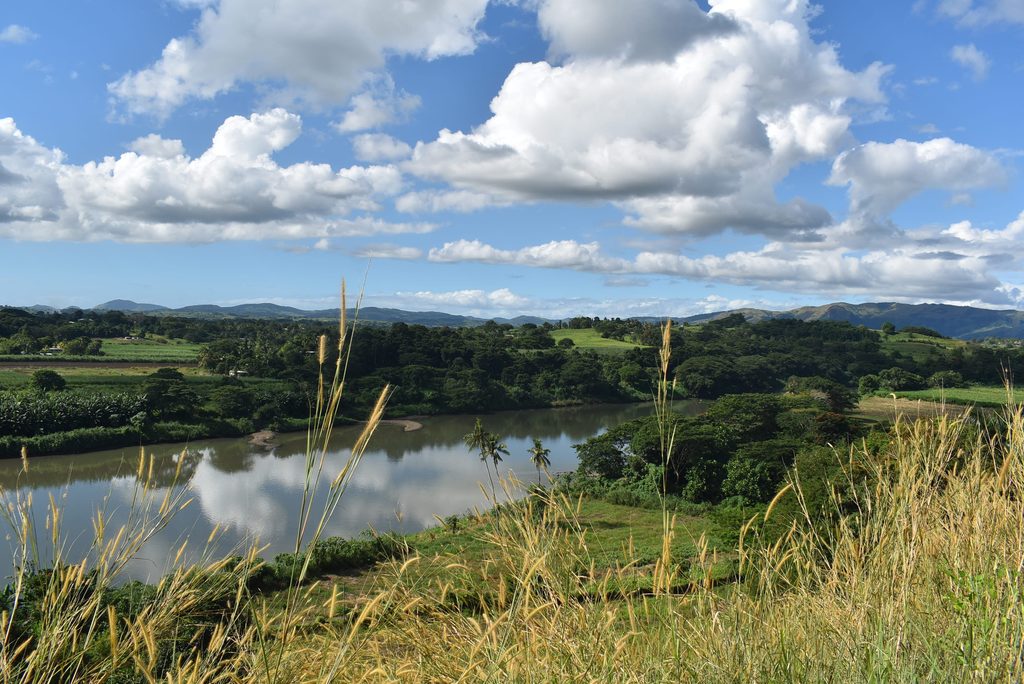
The life giving Ba River flows right beside Naloto Village and Delaikorocula.
Picture: ALIFERETI SAKIASI
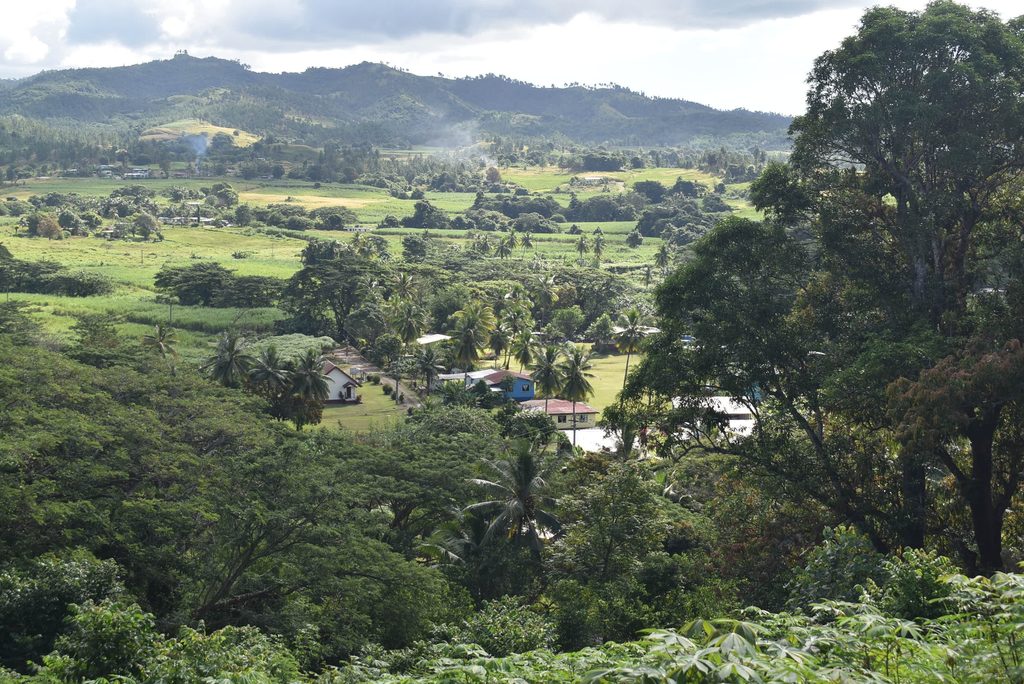
Overlooking the lower part of Naloto Village. Picture: ALIFERETI SAKIASI
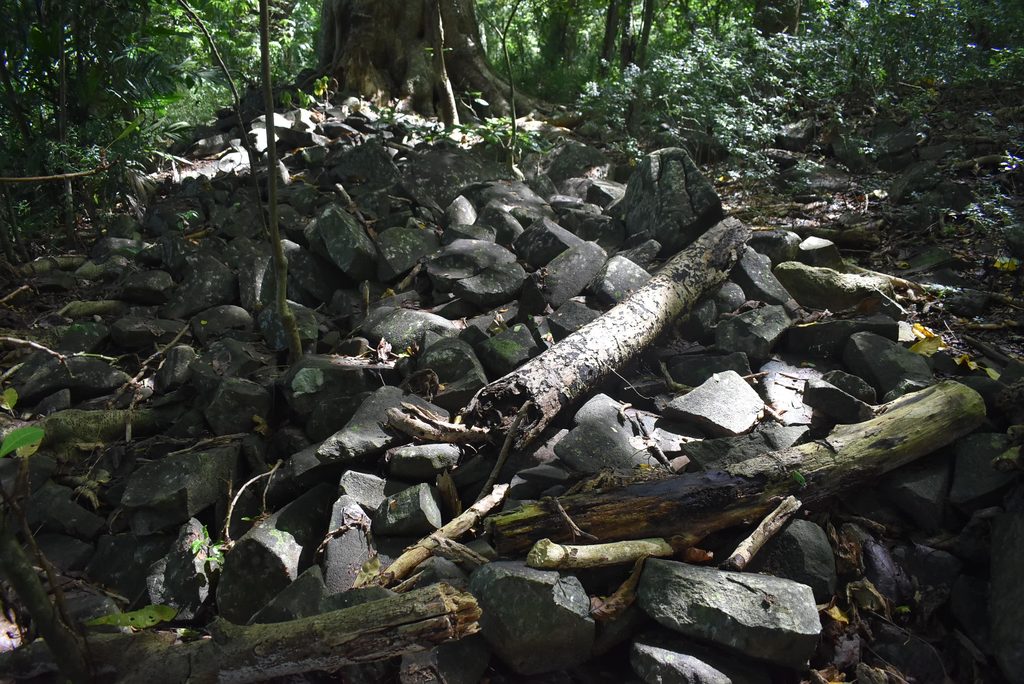
Remains of a yavu as you enter Delaikorocula. Picture: ALIFERETI SAKIASI
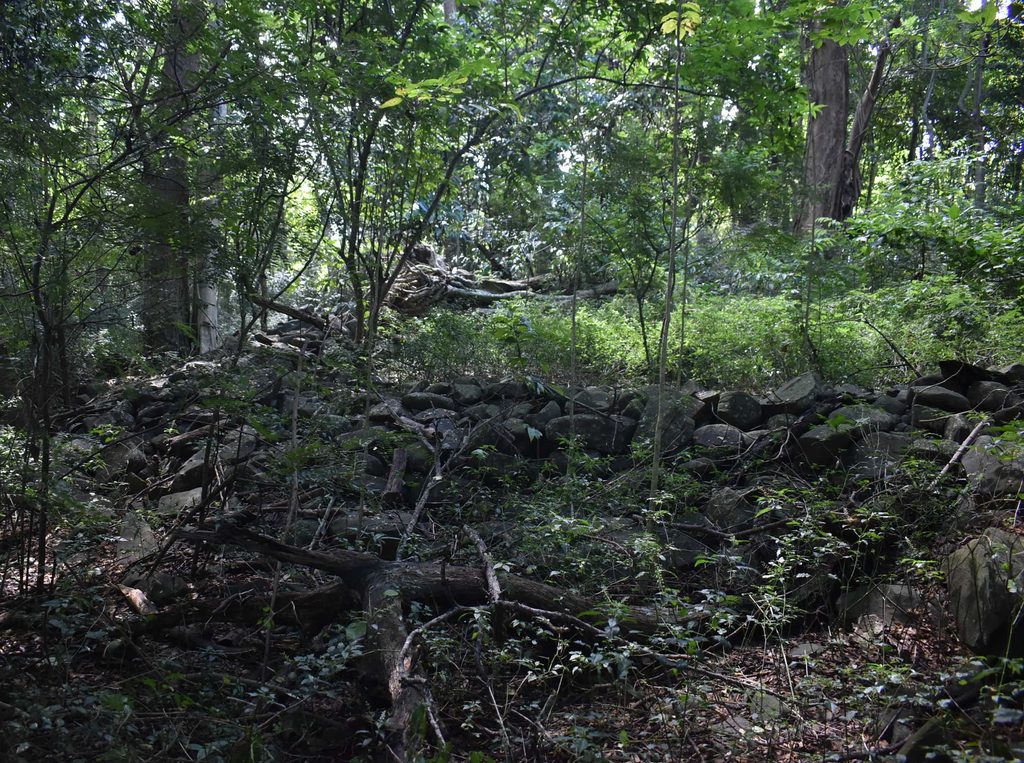
Remain of the stone wall surrounding the ancient village. Picture: ALIFERETI SAKIASI
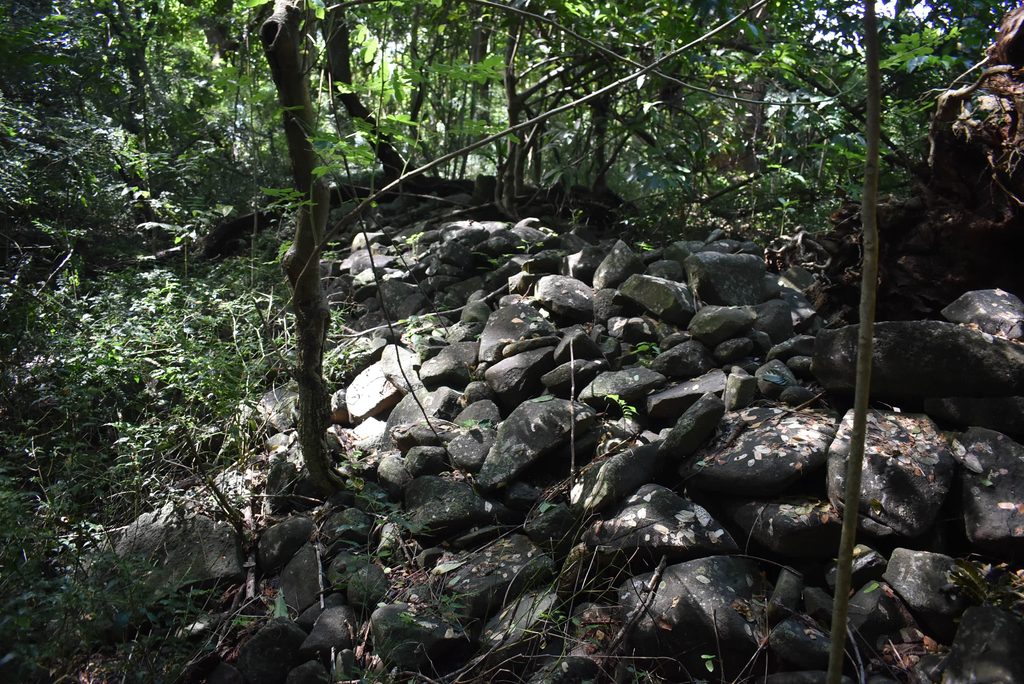
Remains of the provincial prison that was based at Delaikorocula. Picture: ALIFERETI SAKIASI
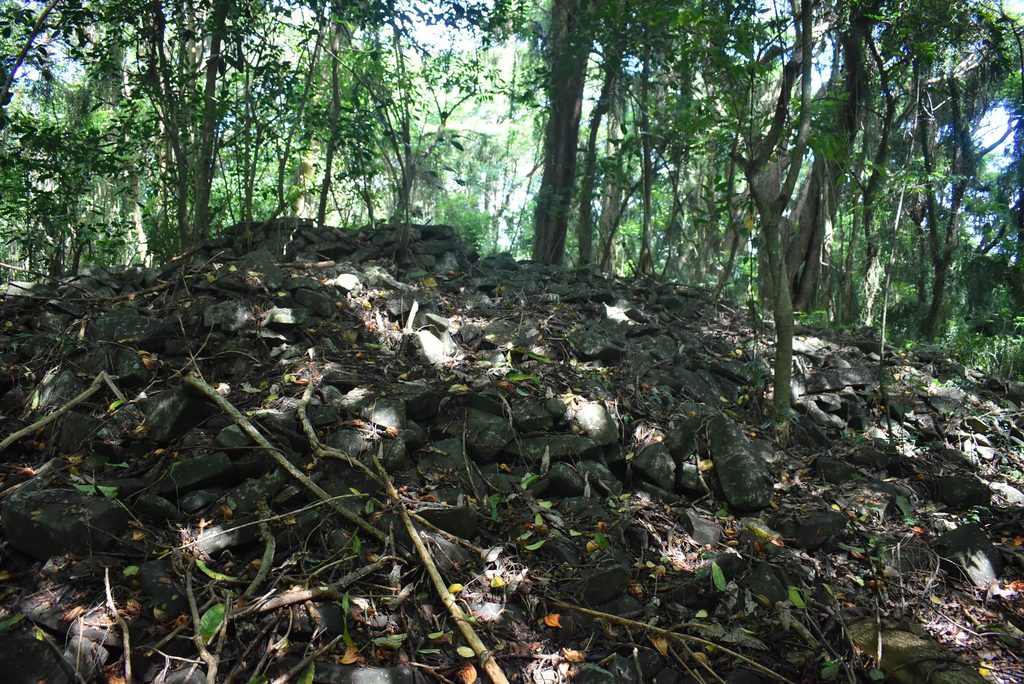
A large yavu situated in the center of the ancient village which according to Mosese Volavola holds deep spiritual significance.
Picture: ALIFERETI SAKIASI
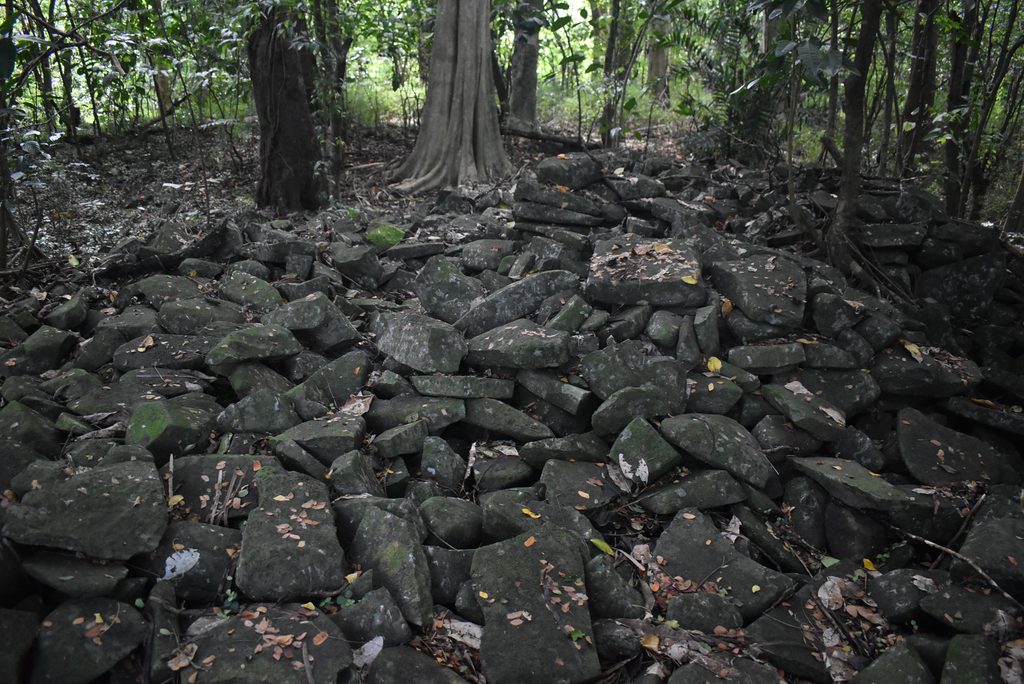
Part of the large yavu in the center of
Delaikorocula. Picture: ALIFERETI SAKIASI

